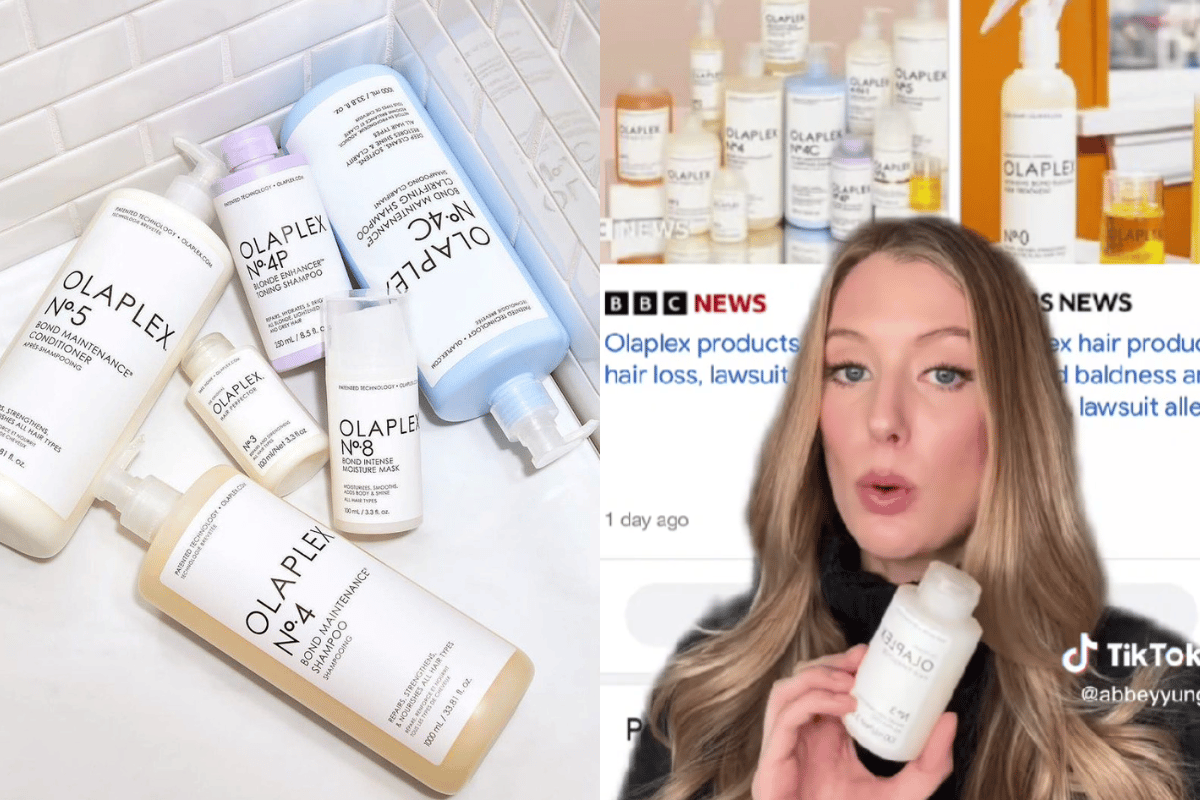
If you like beauty and you have hair on your head, then you've probably heard of Olaplex. It's one of the biggest haircare brands with a massive cult following - and for good reason.
Starting out as a professional treatment, the Olaplex system was originally used to repair damaged bonds in-salon (for hair structure, strength and stability), using a patented ingredient called bis-aminopropyl diglycol dimaleate.
Sounds like a made-up word, we know. But in a nutshell, the formulation was game-changing - and the in-salon demand resulted in Olaplex products hitting shelves for at-home use.
Watch: Speaking of hair - here are 5 easy ways to lift your hair game. Post continues below.
The best part? The products are suitable for all hair types - coloured, natural, straight, curly - you name it.
Since then, Olaplex products have become the go-to for many people wanting to strengthen their damaged hair (read: most of us).
Top Comments